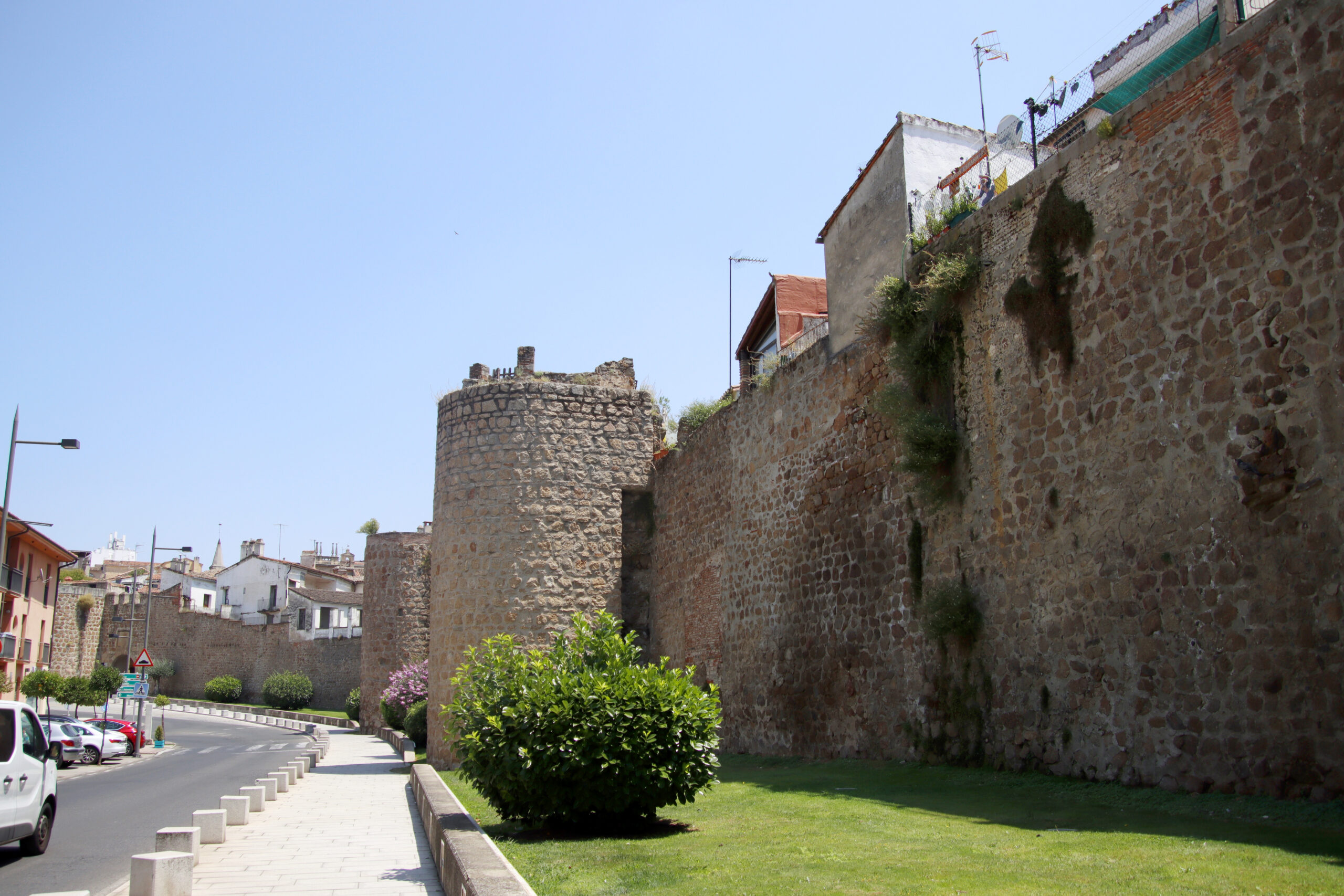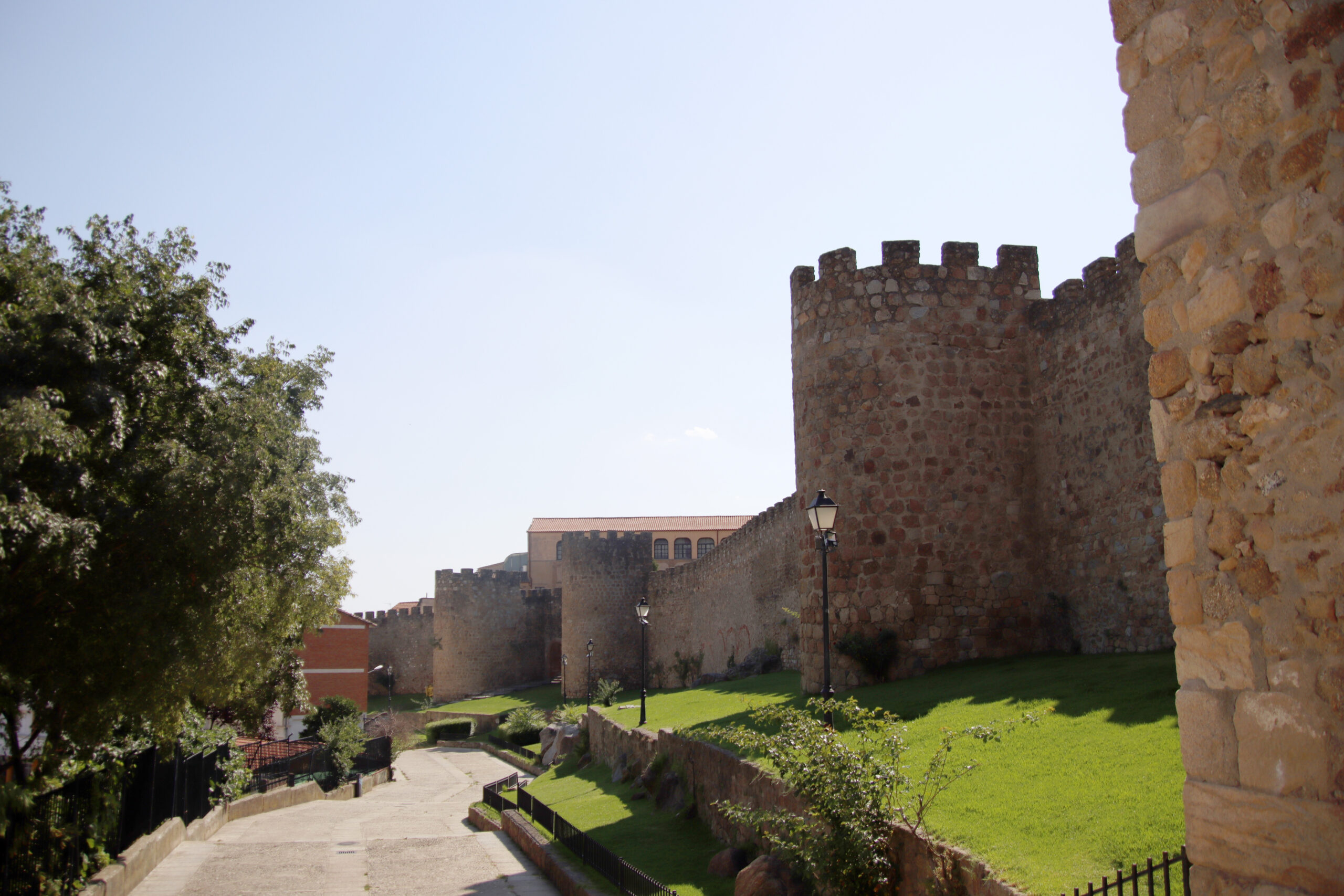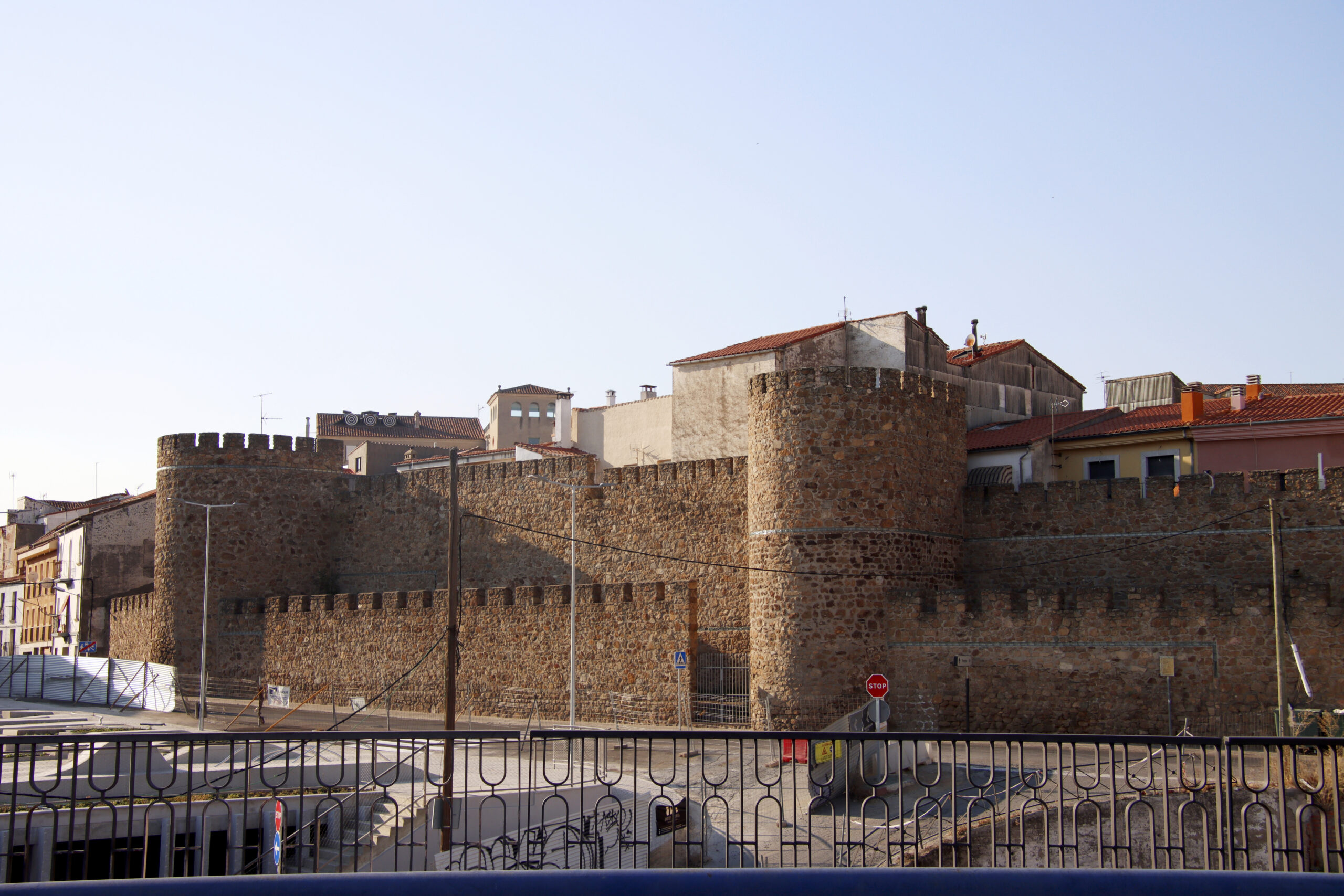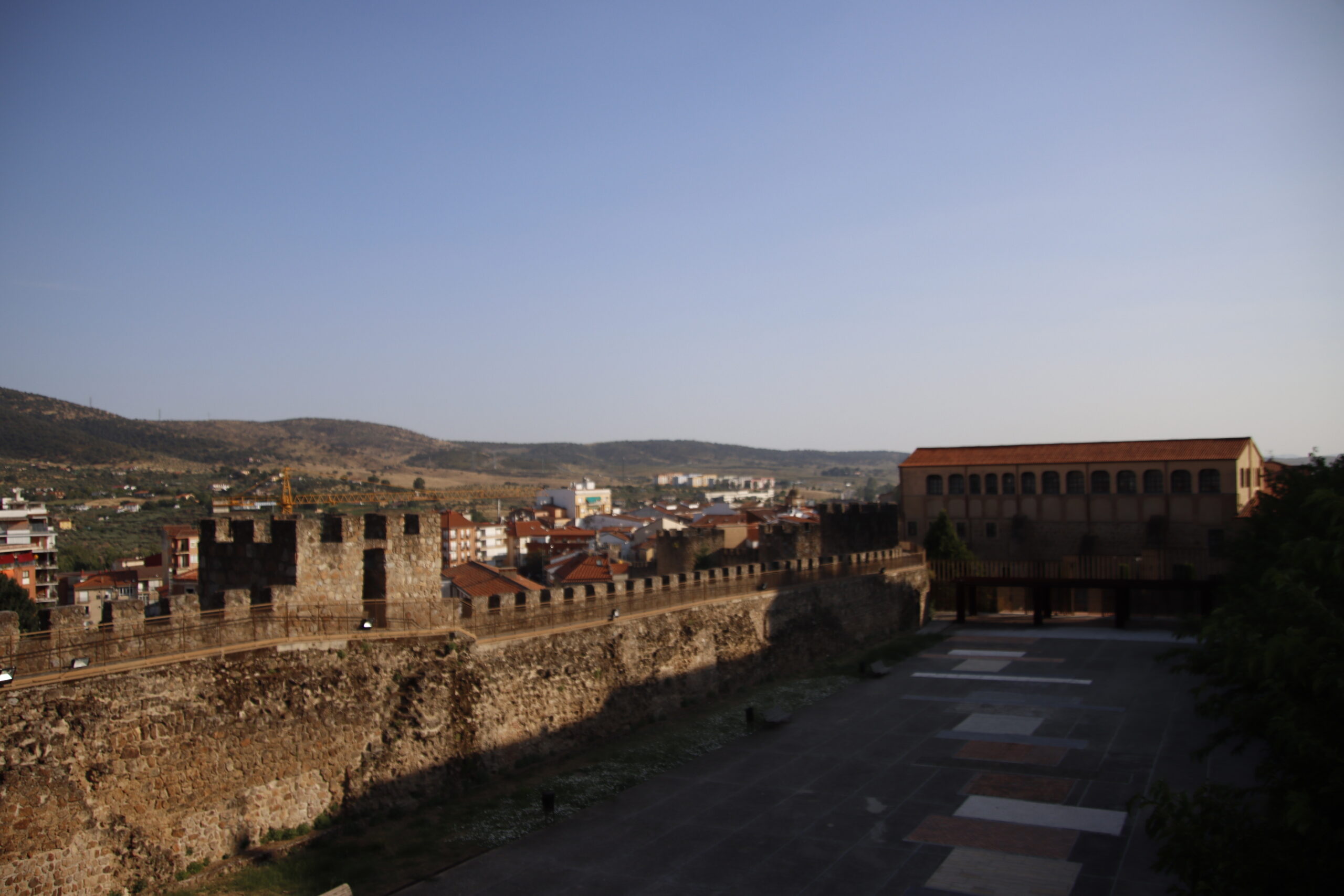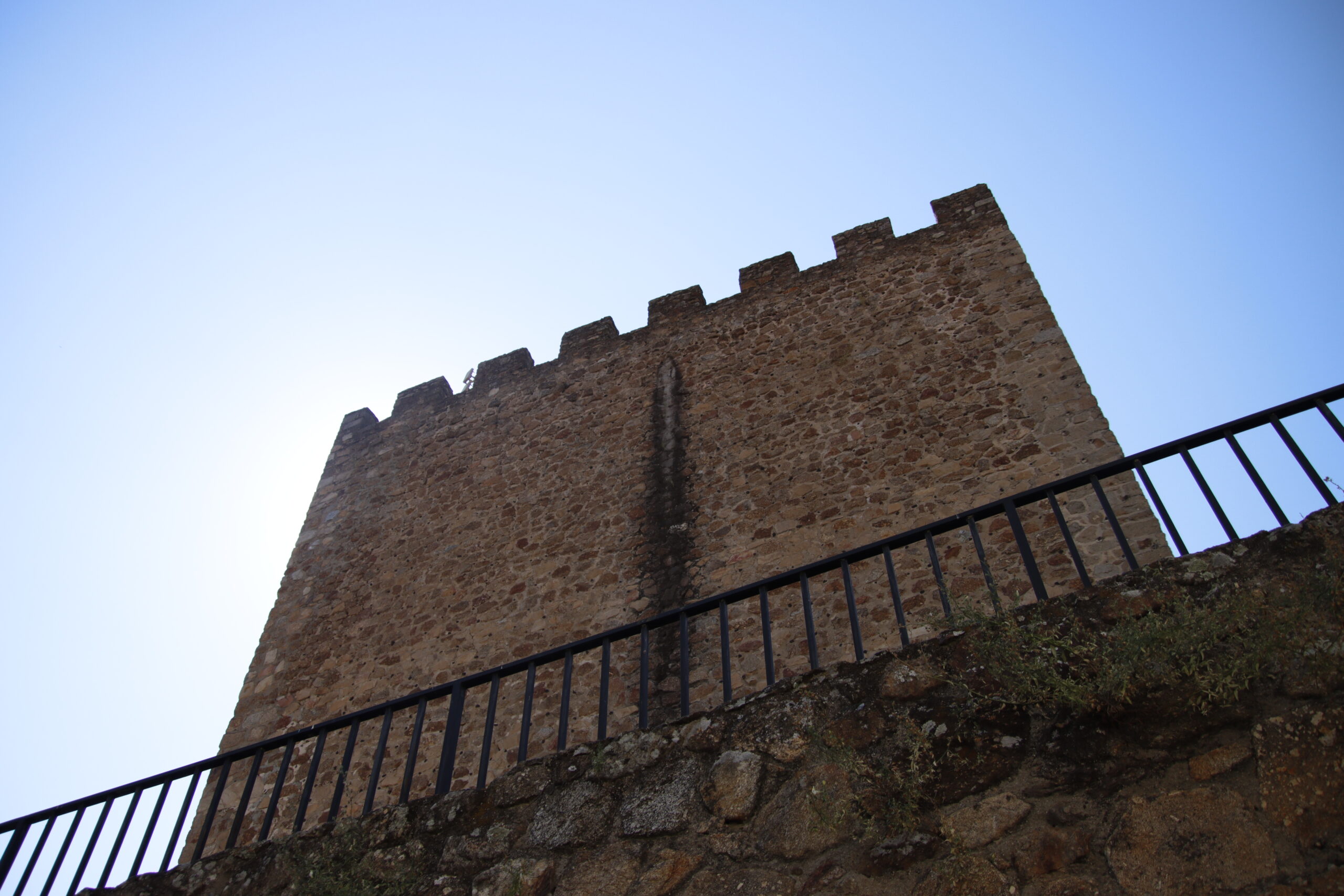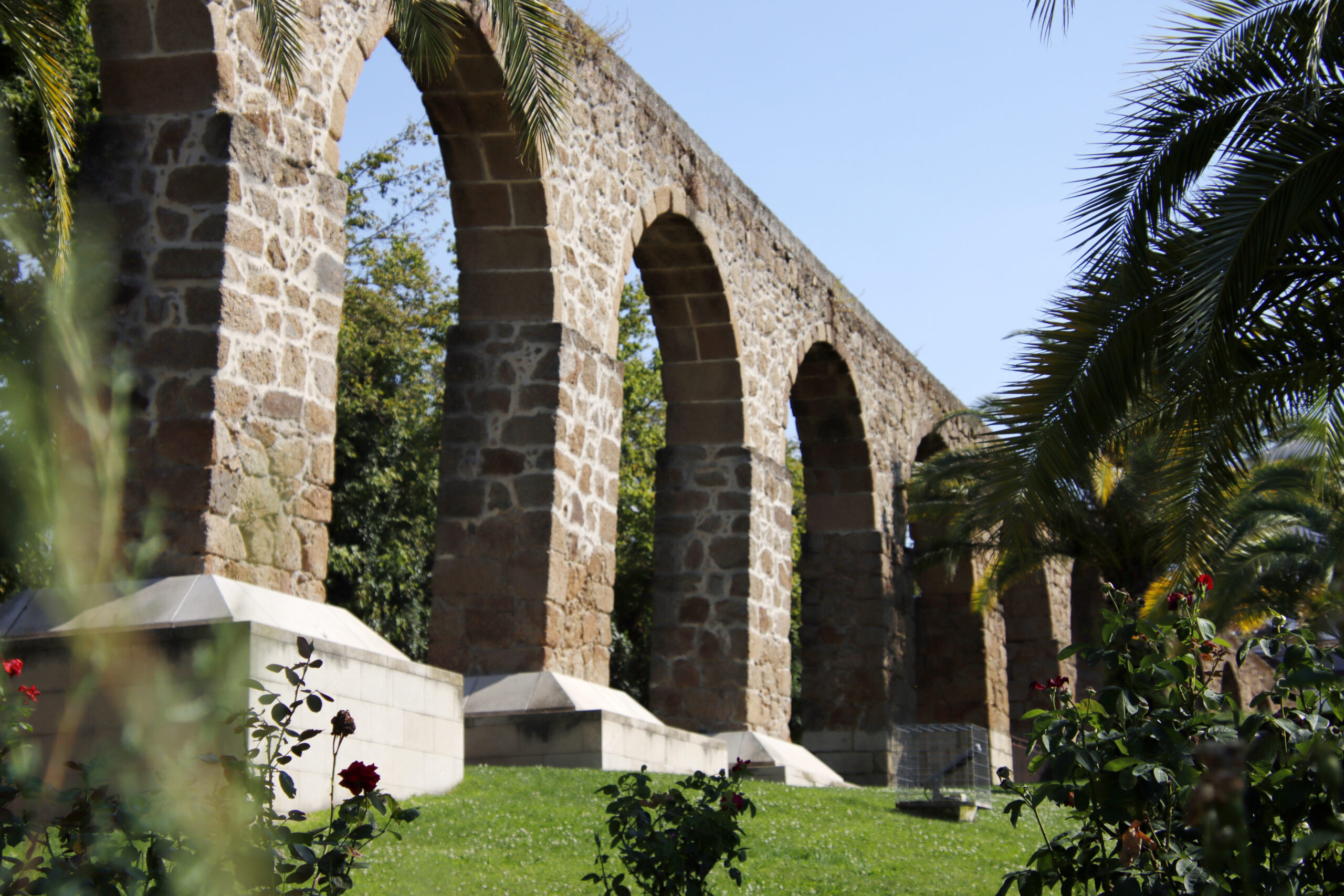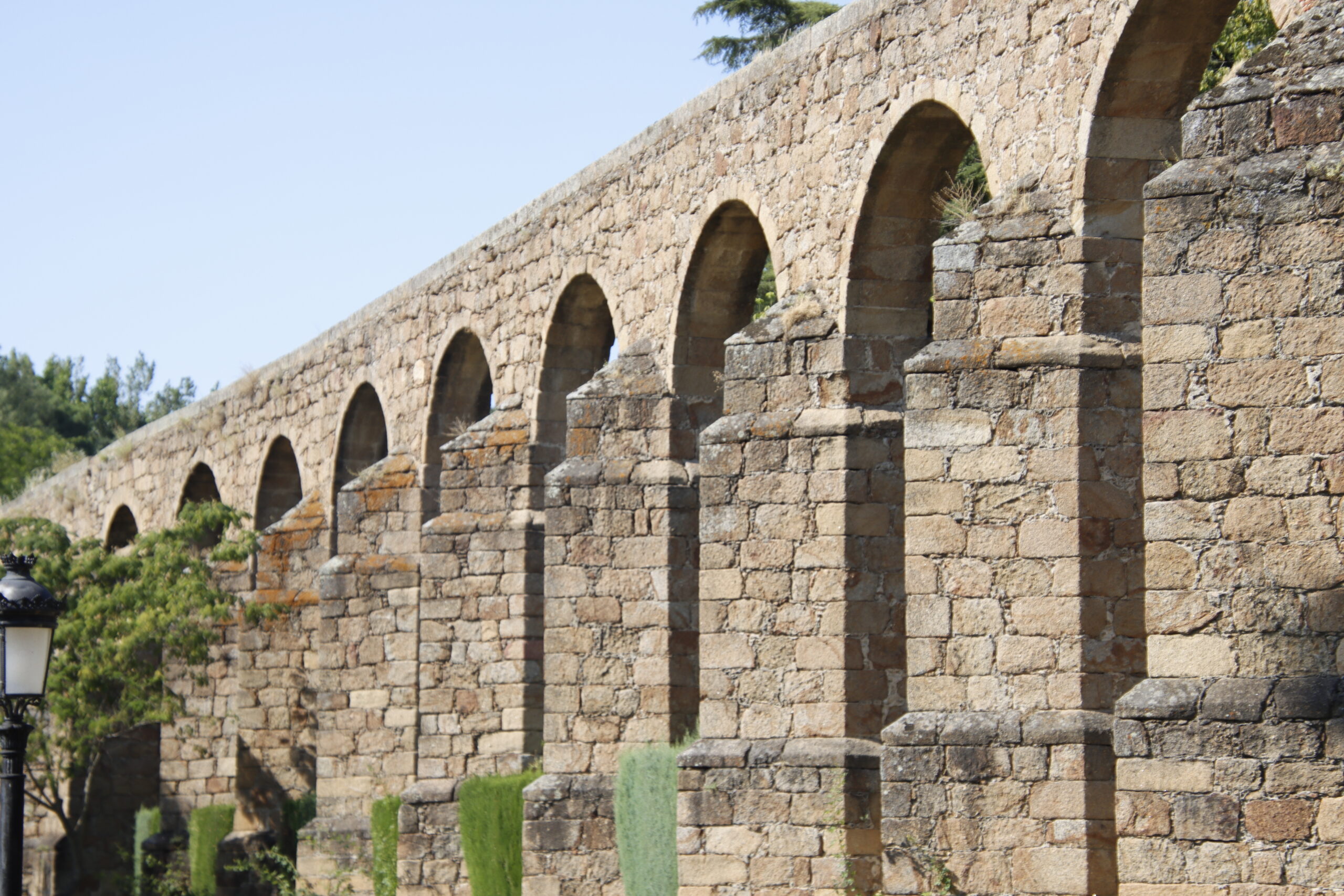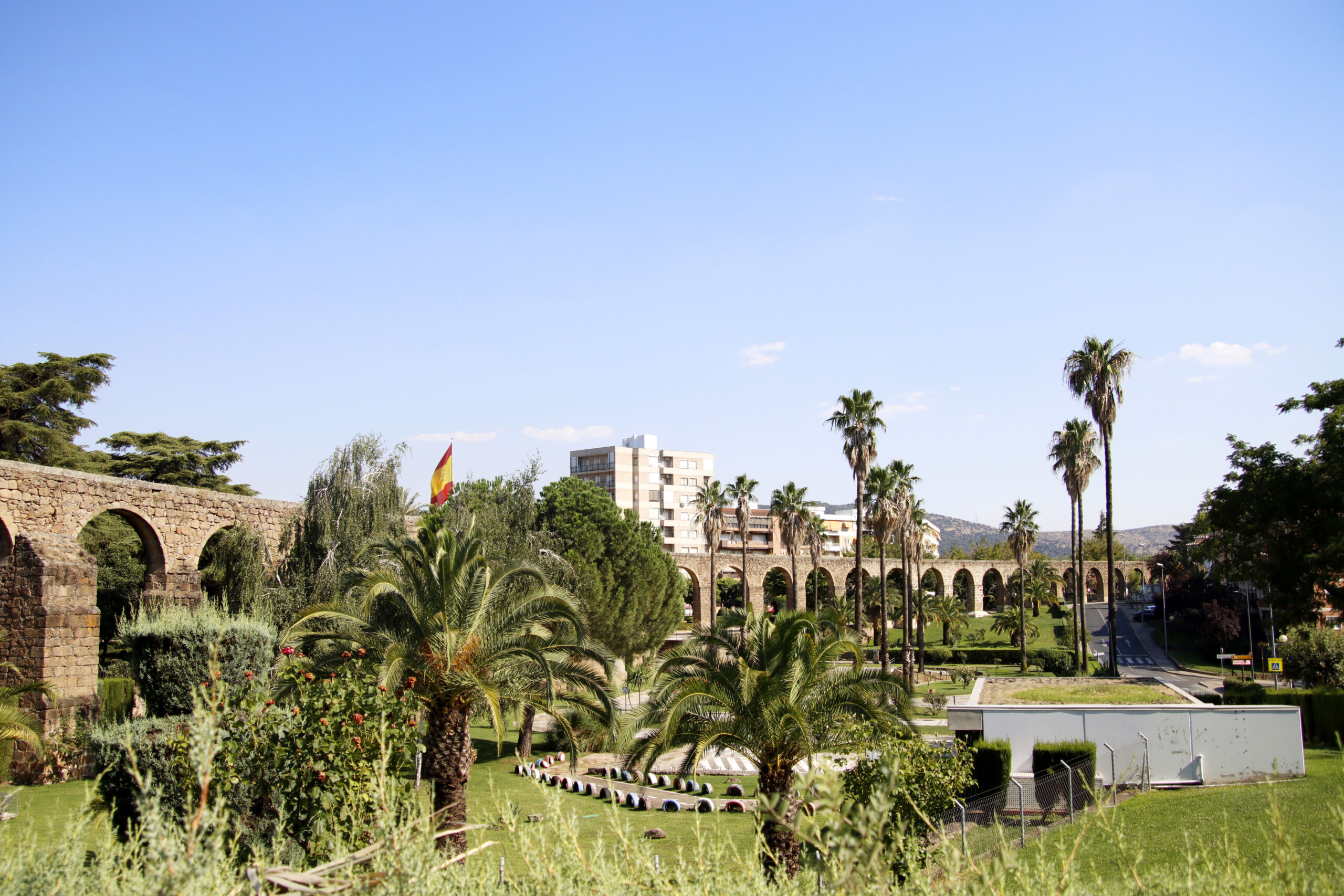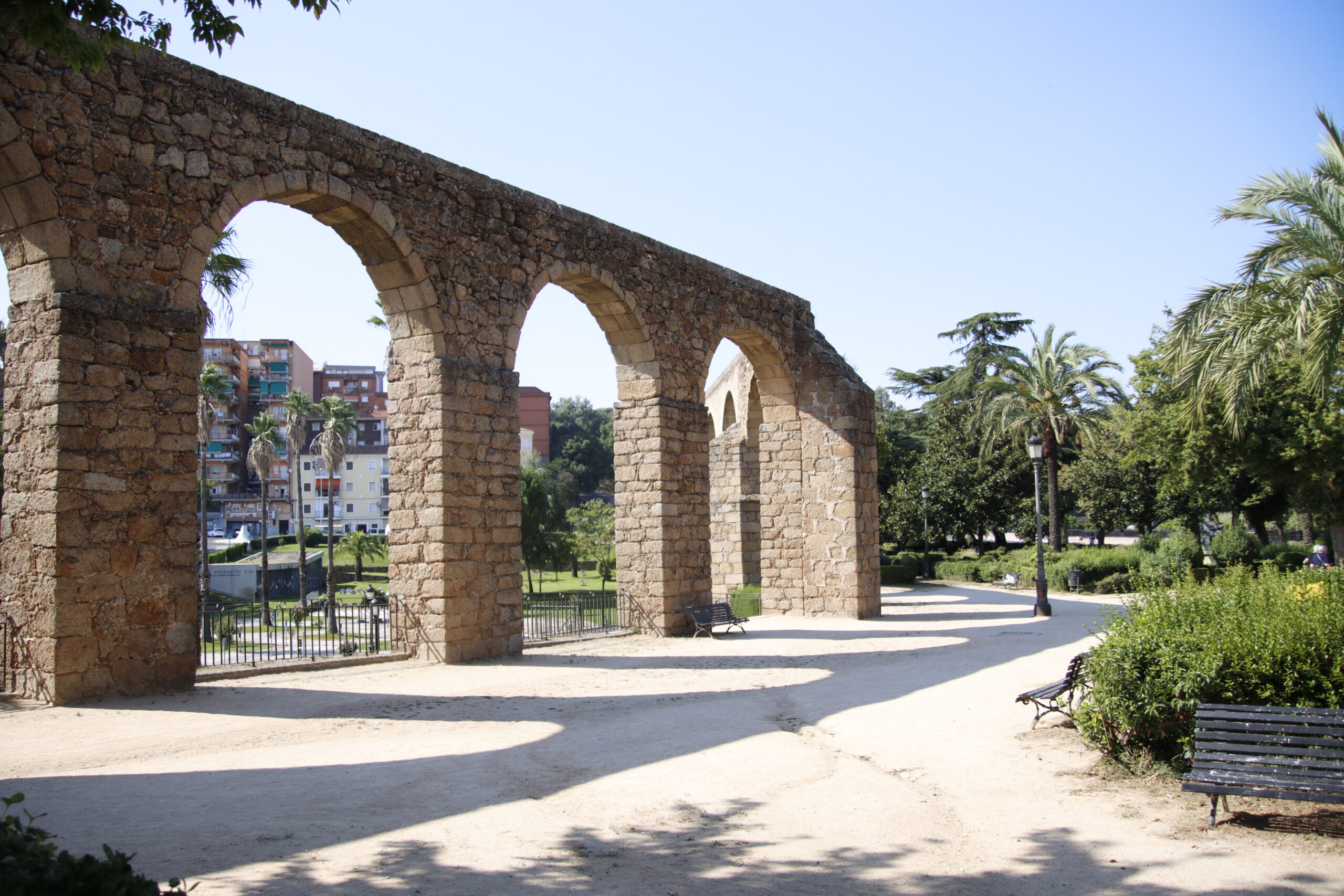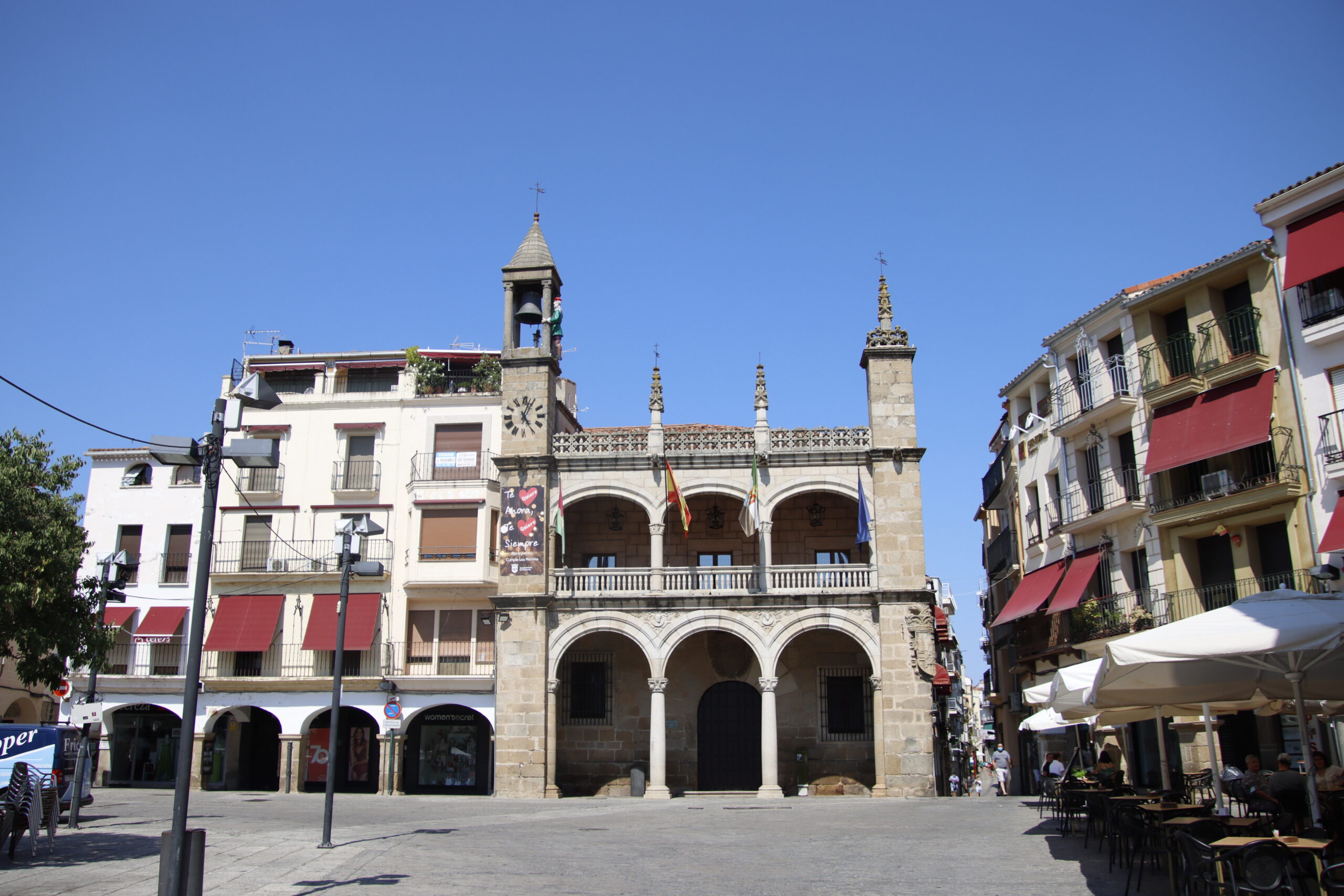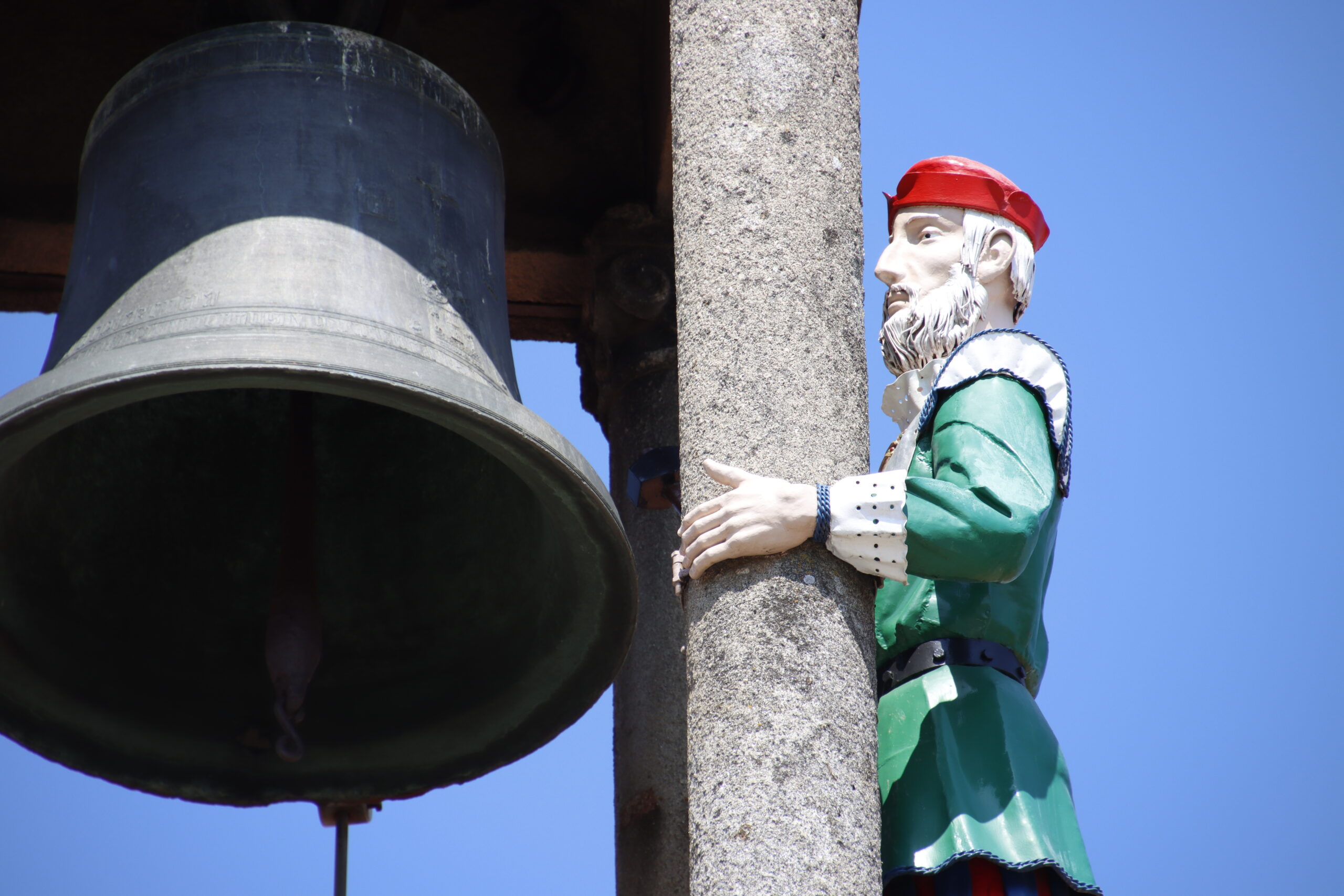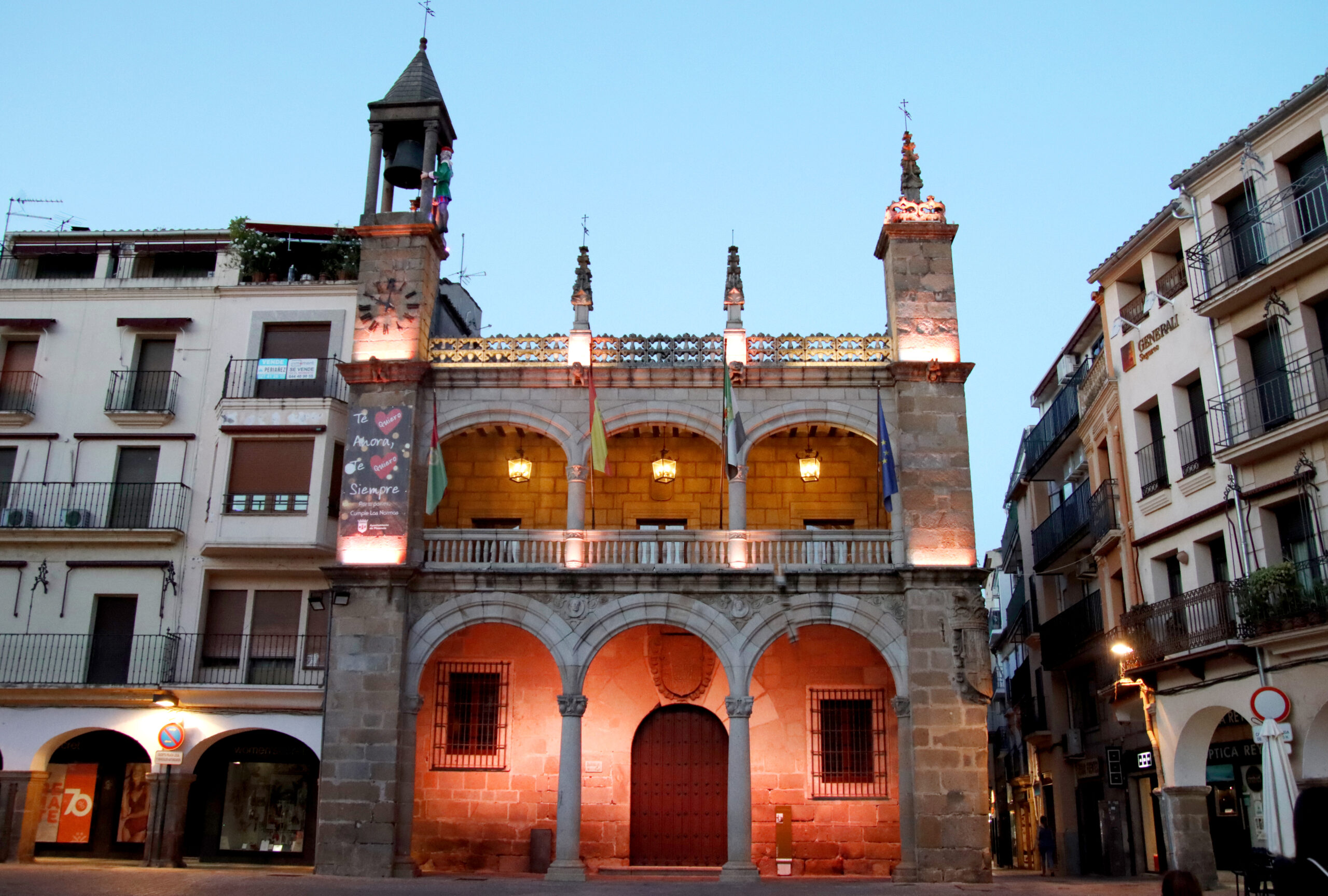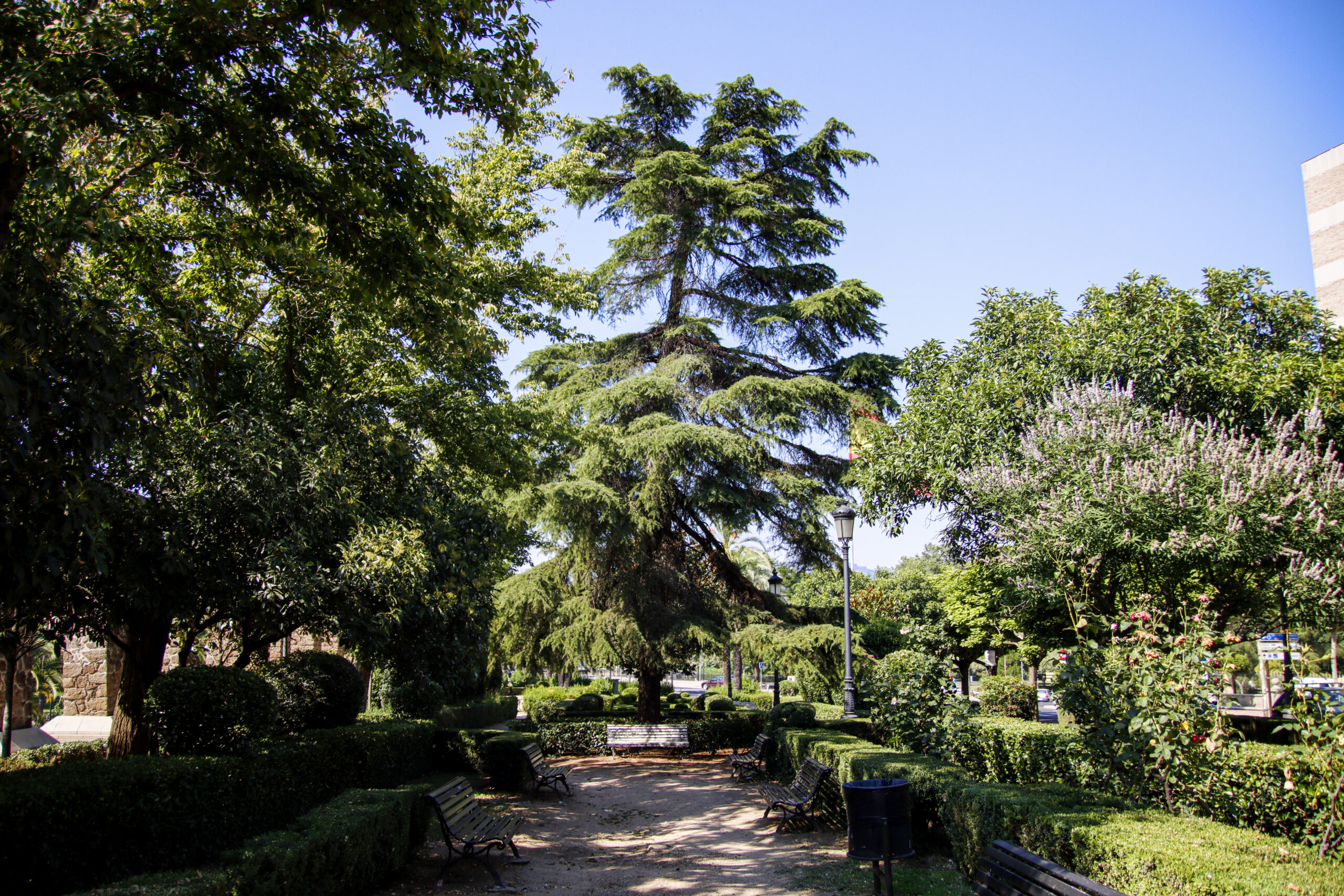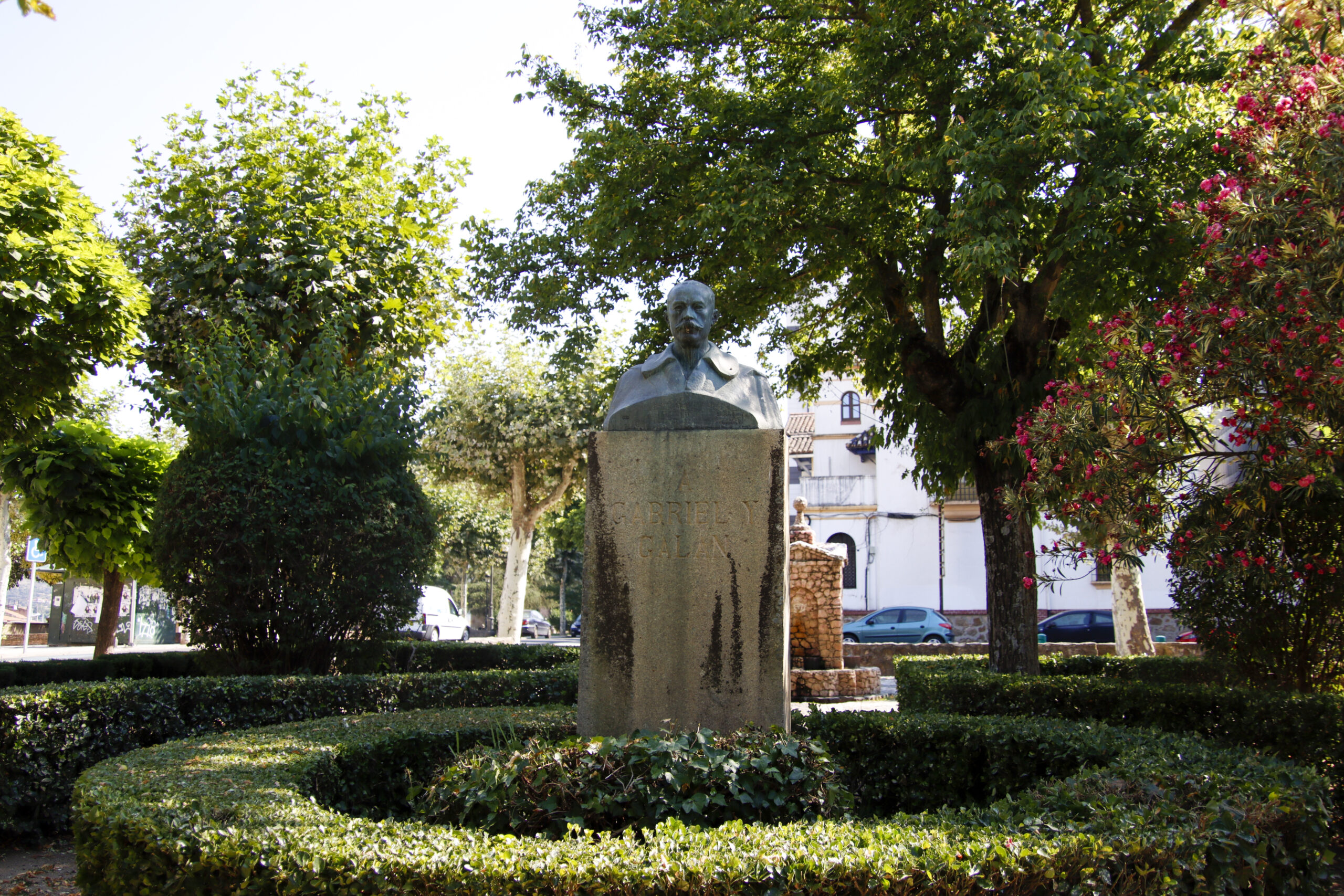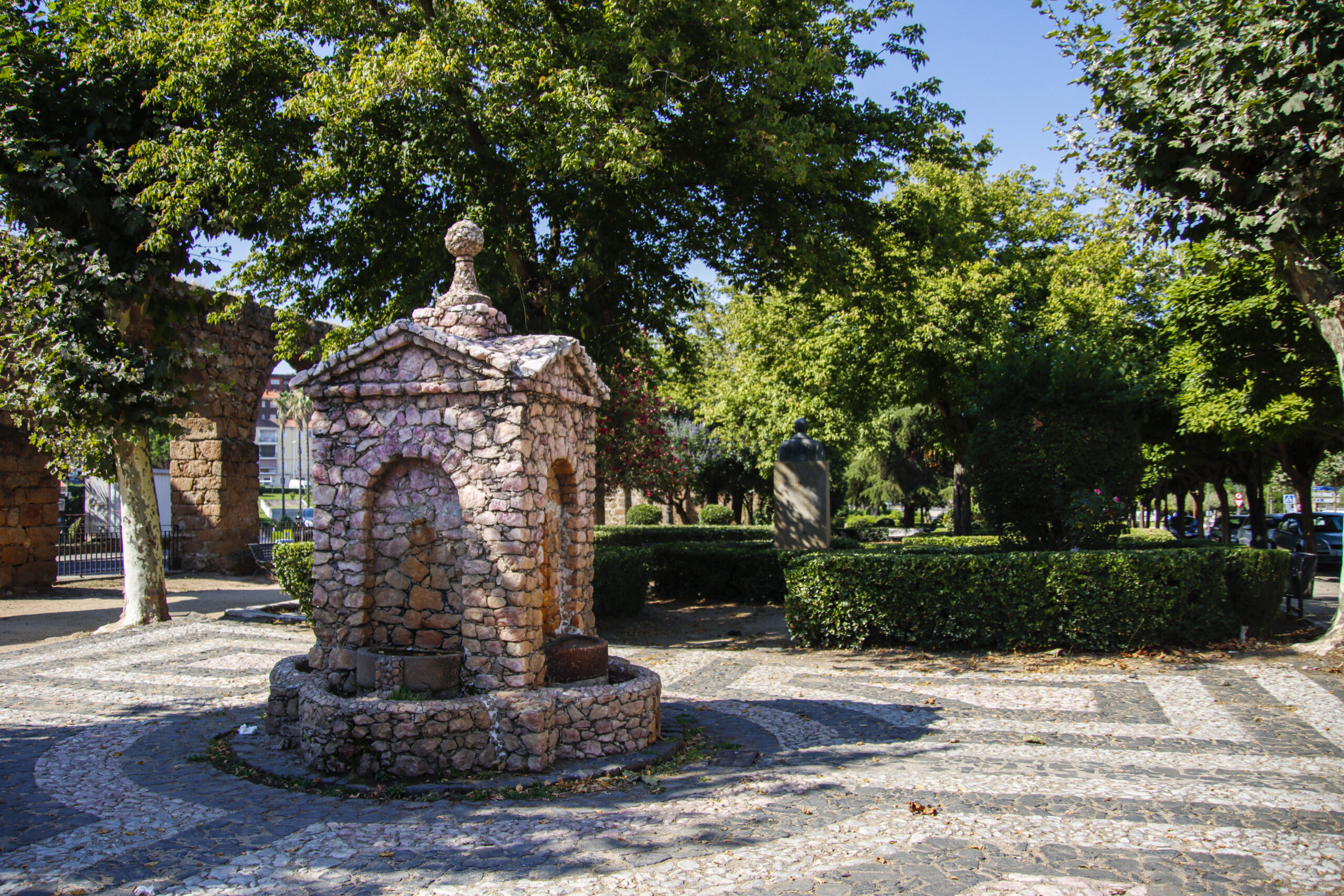Muralla
Wall
- Torre Lucía Street
- Open 24 hours
- Free
With its double defensive system, it is the great element of the monumental heritage that characterises the city. It was built between the foundation of Alfonso VIII at the end of the 12th century and the beginning of the 13th century, and was completed in 1201. In 1196 an Almohad invasion took power for a year, after which the city passed back into the hands of the Castilian king, who had the walls reinforced for security reasons. With a perimeter of approximately 2.2 kilometres, it had more than 71 cubes, of which we still have 20. It originally had 5 gates and 2 shutters, which we still have today.
Anything to improve?

